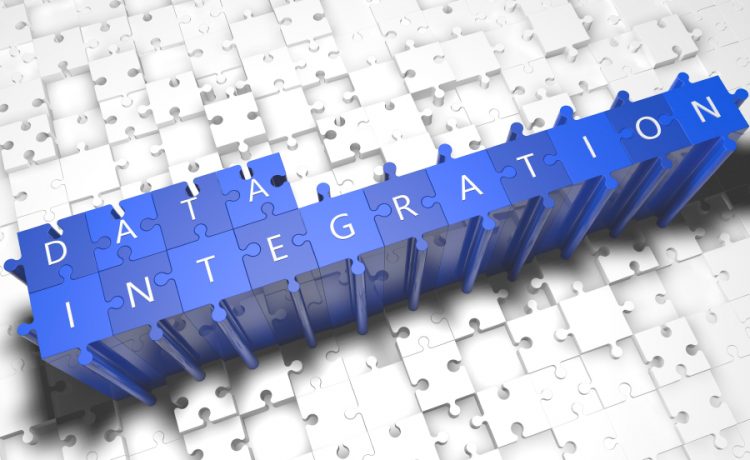Data analytics is one of the most popular fields organizations keep investing in. Large corporations like Facebook and Apple continue to develop better data quality and data capture tools to collect data from disparate sources more efficiently and use it to generate enormous profits. The competition between organizations remains intense as they all strive to gather or create more valuable data faster to offer personalized products and services to their customers.
As business data analytics matures, it becomes increasingly complex. Hiring data analysts can be expensive, and training employees in data analytics can take time away from other vital tasks.
So, how to get around this?
Data integration.
What Is Data Integration?
Data integration refers to combining data from numerous sources into one central location or event, such as a data warehouse. This process generally includes data integration automation and data cleansing to improve quality by identifying and correcting errors, filling in missing values, and standardizing formats.
Types of Data Integration
There are five main types of data integration:
1. API Integration:
This process uses application programming interfaces (APIs) to combine data from various sources.
2. Extract, Transform, and Load (ETL):
This process extracts data from various sources, transforms it into a format that can be loaded into a central location, and then loads it into the central repository.
3. Real-time Integration:
This type of integration process combines data from various sources as it is generated in real-time.
4. Data Federation:
This process allows data to be combined from various sources without being physically transferred or copied. Instead, a “virtual” copy of the data is created that can be accessed by users as needed.
5. Incremental Integration:
This type of integration only combines data that has been added or changed since the last update. This is useful for large data sets that would be too time-consuming to integrate all at once.
Data Integration ROI
When done correctly, data integration can offer several benefits, including:
Reduction in data quality errors
When enterprise data is wrong, inaccurate, or insufficient, decisions and processes that are based on quality will be jeopardized. Data quality issues can be a pain in the neck or a major stumbling block. When you integrate data, business data analytics makes life easier for your staff, reducing errors and allowing objectives to be met more easily.
Configuration buy vs. build cost
One of the main benefits of data integration is that it can be done relatively cheaply. Building a data integration system from scratch can be prohibitively expensive. However, many commercial data integration tools and enterprise software are available that can quickly and easily combine data from various sources. This includes no code data integration solutions with defined connector libraries, data governance, process orchestration capabilities, and built-in predictive and AI capabilities.
Data Transparency
When data is spread across various departments, it can be difficult to get a clear picture of what’s happening. This can lead to inefficiencies and duplicated effort. No-code data integration can help to overcome these problems by providing a single version of the truth that everyone can work with.
Conclusion
As more data is collected in multiple systems and applications deployed across the business – tools and solutions will be needed to handle these data at scale. An innovative all-in-one data integration platform helps organizations to manage effectively their data, and speed up operations for continuous business growth. That gives an extra advantage to compete in the dynamic market and react faster.






